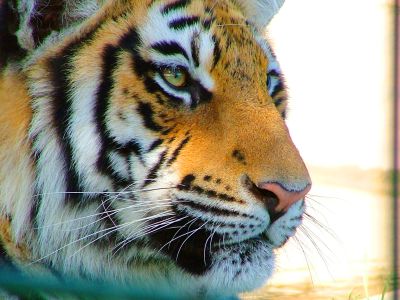A movie that approaches the backside of the National Museum of Natural History of the Smithsonian museums, which various specialist organisms guide

In WashingtonNational Museum of Natural HistoryIs one of the Smithsonian museums, one of the largest museums in the world, where you can see exhibits such as plants, animals, fossils and ores and is a popular spot for sightseeing. Valuable movies that are close to the back side of the National Museum of Natural History are open to the public.
Collecting the World: Inside the Smithsonian on Vimeo
Kirk Johnson, Director of the National Museum of Natural History, appeared. According to Director Johnson, the National Museum of Natural History has more than 144 million exhibits.

This woman is Dr. Carla Dub, who is in charge of the section of the bird at the National Museum of Natural History.

There are 620,000 exhibits in the bird section.

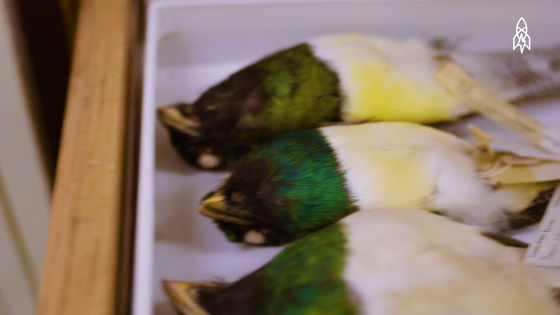
The type of exhibit is said to be equivalent to 85% of all kinds of birds in the world.
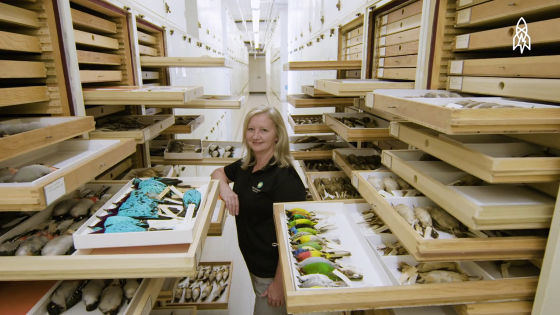
Next is the insect division belonging to butterflies and butterflies. It is Dr. Robert Robbins who will serve as a curator for this department.
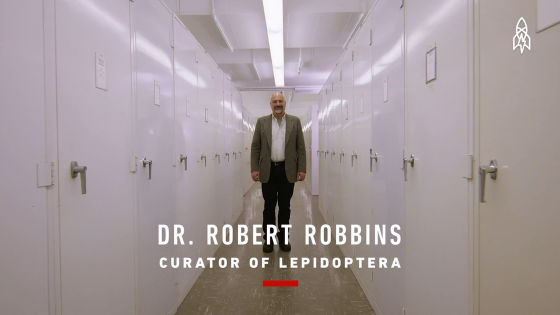
Dr. Robins was 35 years in charge of the butterfly department of the National Museum of Natural History, and is exactly the butterfly and ga professional.
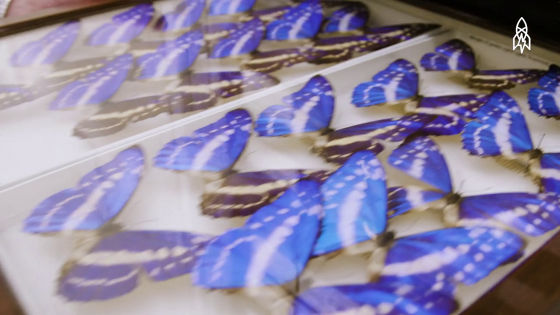
Specimen of butterflies collected from all over the world.
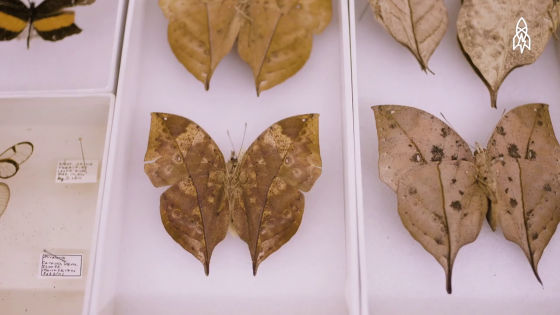
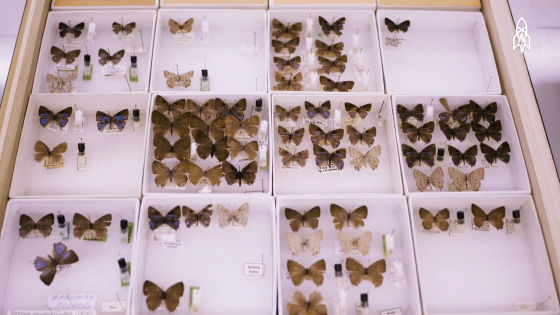
"Butterflies and gallows have the charm of attracting humans, it can be said that this is a highly practical research for humans," Dr. Robins said.
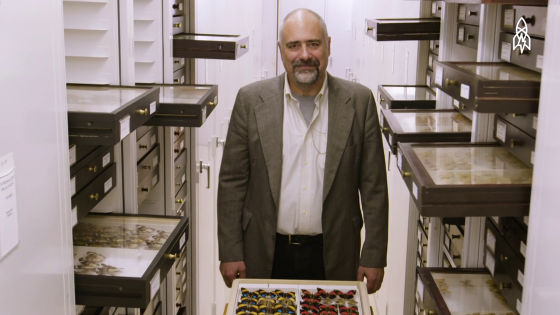
This woman is Dr. Eren Strong who is in charge of shellfish among molluscs such as shellfish, octopus and snail.
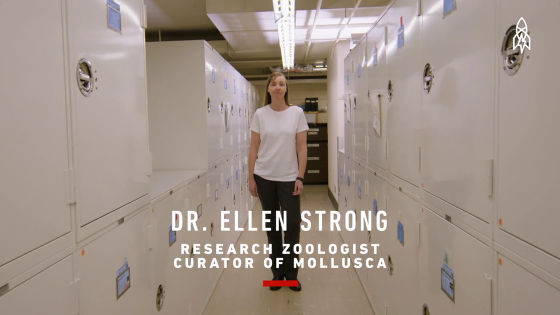
A tremendous number of shells are kept.
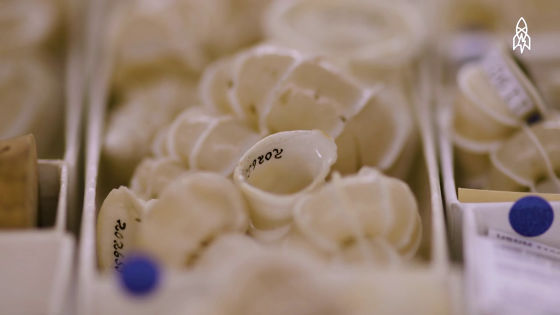

Dr. Strong said, "My job of dealing with creatures that exist from the primordial shellfish has the task of keeping records of the past and the present earth for the future and telling people."

The National Museum of Natural History is not only a museum dealing with creatures. This man is Dr. Jeff Post who is in charge of mineral division at the museum.
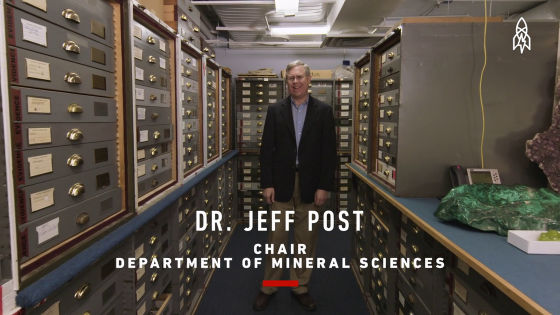
The minerals exhibited at the National Museum of Natural History are from decades to three billion years ago.

More than 5000 types of minerals are believed to exist on the earth, about half of which are exhibited at the National Museum of Natural History.
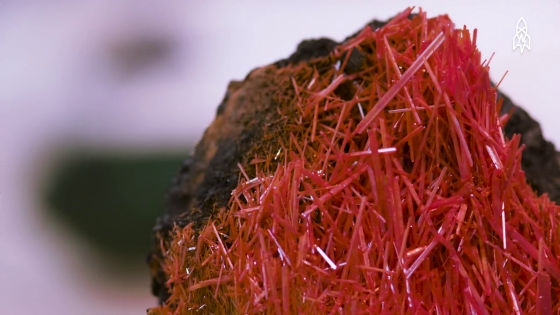
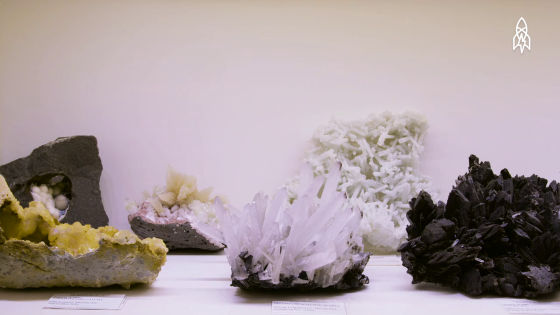
Dr. Floyd Shockley who is in charge of insects.
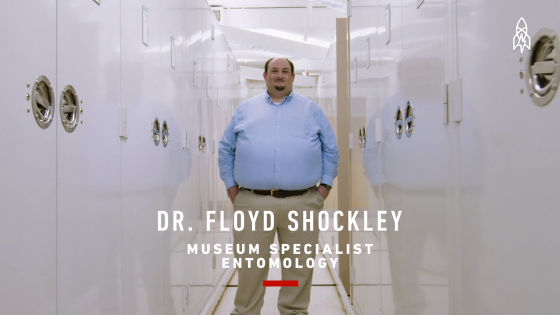
There are more than 35 million types of insects exhibited at the National Museum of Natural History.
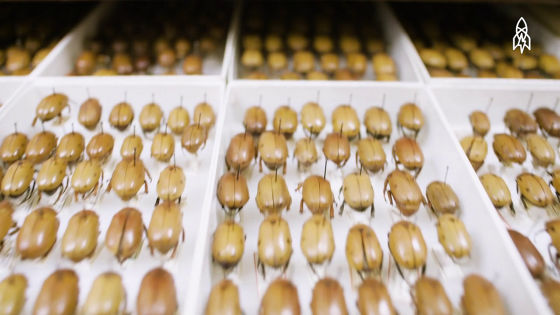

Researching insects from the past to the present will lead to not only insect ecology but also bigger problems such as global warming and habitat environmental destruction.
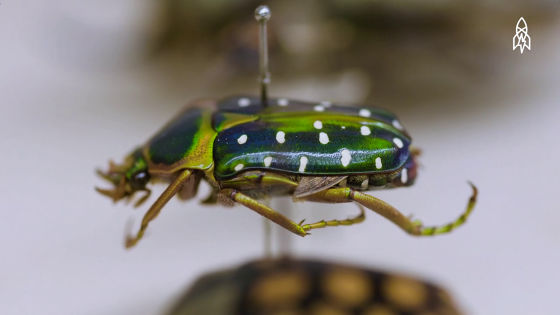
When stuffing animals or looking at specimens of insects, their appearance is often attracted, but it is interesting to look at from a different perspective, as the National Museum of Natural History says.
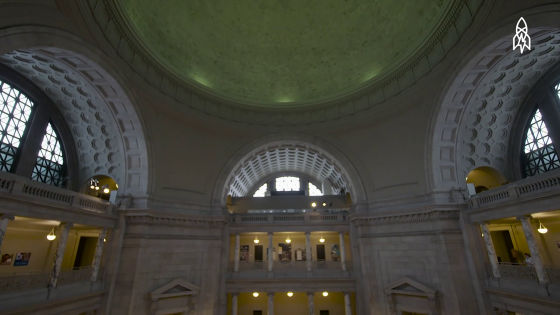
Related Posts:
